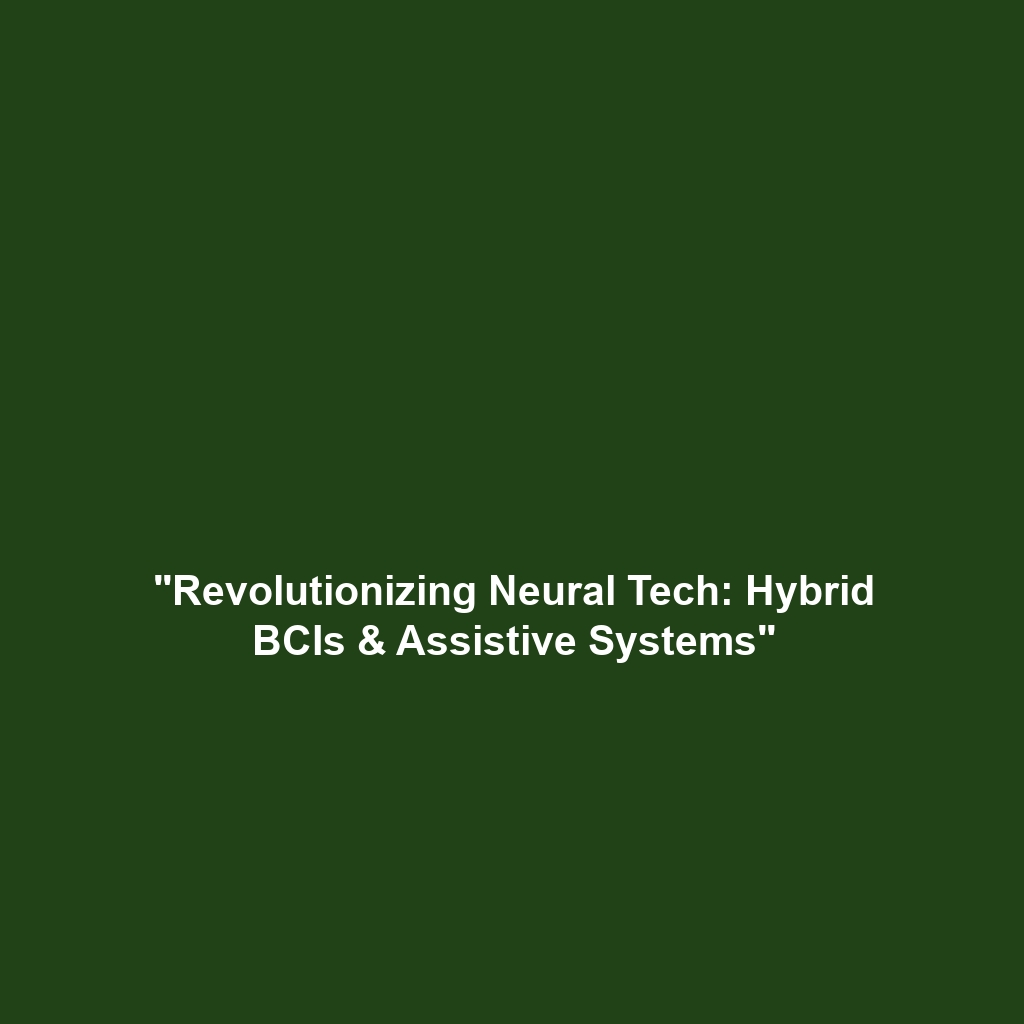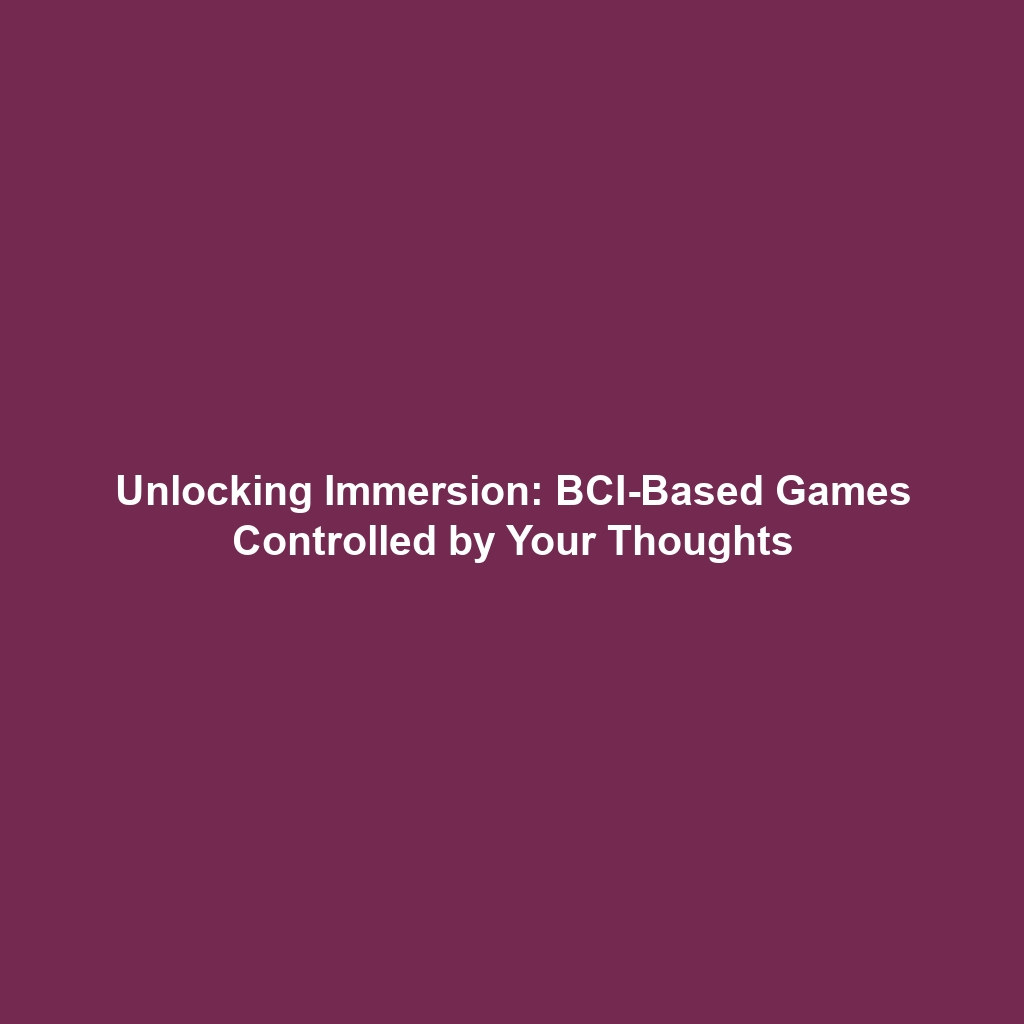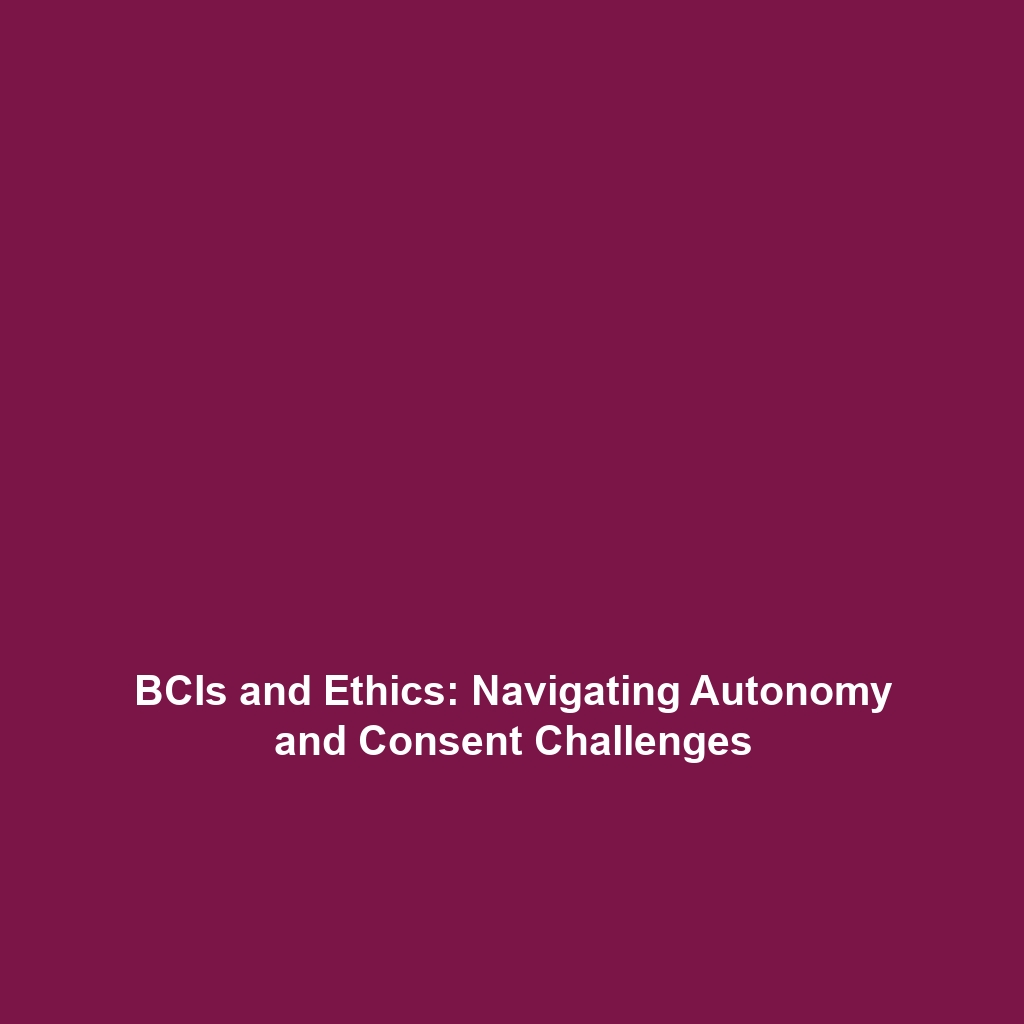Hybrid Brain-Computer Interfaces: Merging Invasive and Non-Invasive Technologies
Introduction: The rise of hybrid brain-computer interfaces (BCIs) is a transformative development within the realm of neuroscience and assistive technology. By integrating both invasive and non-invasive techniques, hybrid BCIs offer unprecedented capabilities in user interface design, rehabilitation, and communication for individuals with disabilities. These advancements not only enhance the usability of BCIs but also improve the quality of life for users dependent on assistive technologies. This article delves into the significance and implications of hybrid BCIs in the broader context of brain-computer interfaces.
Key Concepts
Hybrid BCIs represent a pivotal fusion of multiple technology modalities, leveraging the strengths of each to create robust communication channels between the brain and external devices. Key concepts include:
- Invasive Techniques: Involves implanting devices directly into neural tissue to achieve high-resolution signal acquisition.
- Non-invasive Techniques: Utilizes external sensors, such as electroencephalography (EEG) or functional near-infrared spectroscopy (fNIRS), which do not require surgery.
- Assistive Technologies: Systems designed to aid individuals with disabilities, such as eye-tracking systems that provide alternatives to traditional input methods.
This integration of multiple approaches allows for the seamless interaction of hybrid BCIs, improving accuracy and user experience.
Applications and Real-World Uses
The applications of hybrid BCIs span various fields, offering contributions that enhance our understanding and utility of brain-computer technology:
- Medical Rehabilitation: Hybrid BCIs are employed in rehabilitation therapies for stroke patients, where eye-tracking systems assist in visual feedback to promote movement recovery.
- Communication Aids: Individuals with severe quadriplegia can utilize hybrid BCIs to communicate through thought alone, often using a combination of eye-tracking for cursor control.
- Gaming and Entertainment: The gaming industry has begun to adopt hybrid BCI technologies that allow for immersive experiences controlled by user thought, significantly enhancing user engagement.
These practical uses highlight how hybrid BCIs merge invasive and non-invasive approaches to create innovative solutions.
Current Challenges
Despite the promising future of hybrid BCIs, several challenges persist:
- Signal Interference: The integration of different signal types often leads to interference, complicating data interpretation.
- Complexity of Integration: Combining various technologies can result in a complex user interface that may be difficult for some users to manage.
- Ethical Considerations: There are ethical concerns surrounding invasive procedures and user privacy, necessitating careful consideration in deployment.
Future Research and Innovations
Future research in hybrid BCIs is poised to revolutionize the field even further. Key areas of innovation include:
- Miniaturization of Devices: Ongoing advancements aim to create smaller, more efficient invasive devices that minimize risk while maximizing signal fidelity.
- Improved Machine Learning Algorithms: The development of advanced algorithms aimed at better interpreting mixed signal inputs promises to enhance user experience.
- Longitudinal Studies: Long-term studies that focus on user feedback and outcomes will facilitate the refinement of hybrid BCI applications.
Conclusion
Hybrid brain-computer interfaces represent a significant advancement in the integration of multiple technologies, improving the functionality and accessibility of assistive tools for individuals with disabilities. Their unique combination of invasive and non-invasive techniques not only boosts the performance of BCIs but also opens new pathways for innovation in the field. As research continues, hybrid BCIs are poised to make lasting impacts across various domains, enhancing the interface between human thought and technology.
For further reading on the developments in brain-computer interfaces, explore our articles on invasive BCIs and non-invasive BCIs.






